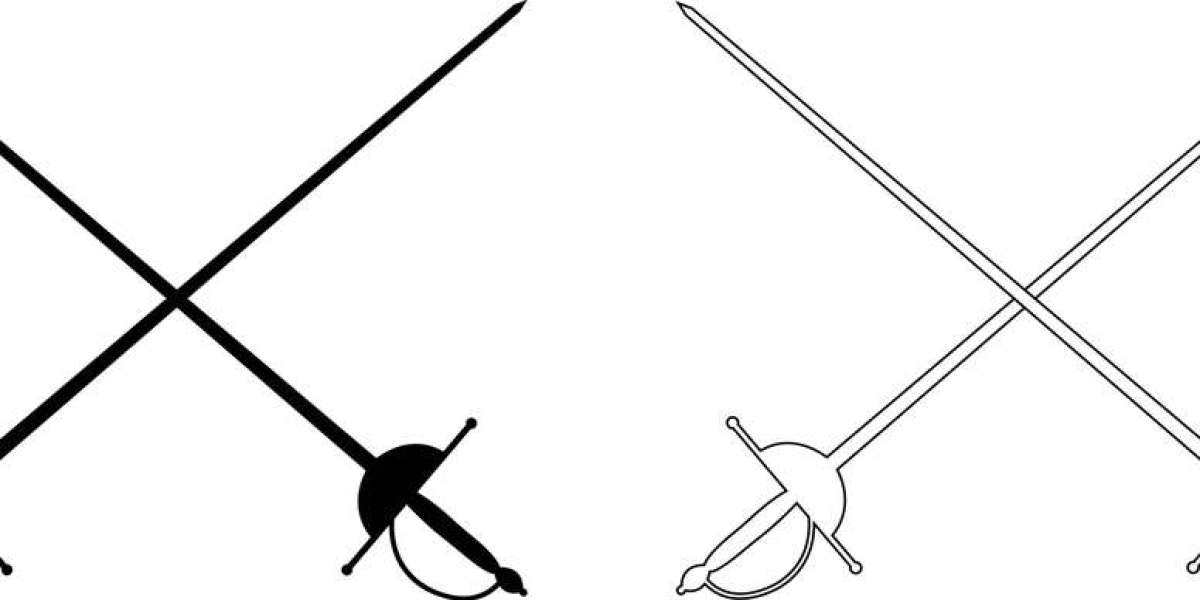The Olympics stand as a testament to human skill and athleticism, showcasing a myriad of sports that captivate audiences worldwide. Among these, fencing emerges as a true display of precision, agility, and strategic prowess. As competitors step onto the piste, swords in hand, the audience is treated to a thrilling spectacle of tactical brilliance.
Fencing, often termed the "physical chess," requires more than just physical strength. Athletes engage in lightning-fast movements, analyzing their opponent's every move, waiting for the opportune moment to strike. Each bout is a mental chess game, demanding split-second decision-making and lightning reflexes.
The Olympic stage amplifies the intensity. Fencers from across the globe converge, representing their countries with honor and skill. The atmosphere crackles with anticipation as each clash of swords reverberates through the arena. From the épée to the foil and sabre, each discipline brings its unique flair, strategy, and drama to the forefront.
Beyond the individual battles, team events add another layer of excitement. The synchronization of teammates, their collective strategy, and coordination elevate the sport to a ballet of calculated movements and swift strikes.
Fencing's inclusion in the Olympics signifies not just athleticism but also a celebration of history and tradition. It harks back to centuries-old dueling traditions while embracing the modern nuances of a fast-paced, adrenaline-fueled sport.
As the world watches these athletes parry and thrust on the Olympic stage, the passion and skill on display leave an indelible mark. Fencing at the Olympics is more than a competition; it's an artistic symphony of calculated moves and strategic brilliance that captivates audiences worldwide.








